About the Department
The Department of Biomedical Engineering was established in the year 2017 with an intake of 60 students. It offers Bachelor programs in Biomedical Engineering. The department has eminent faculties with precise knowledge in the area of biomedical engineering. The Department also aims to expand its interest towards biomedical research in collaboration with other departments to meet the requirements of the health care industry. Biomedical engineering is a diversified area that integrates the knowledge of engineering and medicine, intended to support clinicians with knowledge-based, timely, and high-quality service in a professional and responsible manner in order to improve patient care in all aspects of technology. Biomedical engineering has wide space for research in inventing new biomedical equipment for diagnosing various diseases and trauma. Also, it expands its vision to devices for therapeutics and biomaterials.
About the Program
Biomedical engineering is a diversified area that integrates the knowledge of engineering and medicine, intended to support clinicians with knowledge-based, timely, and high-quality service professionally and responsibly to improve patient care in all aspects of technology. Biomedical engineering has wide space for research in inventing new biomedical equipment for the diagnosis/therapeutic of various diseases and trauma. The learners are taught in many allied disciplines such as
- Biomedical instrumentation: This uses electrical, electronics, computer science, and measurement principles to develop equipment for providing a solution to clinical problems in the areas of diagnosis and therapeutics.
- Biomaterials and Artificial organs: Uses chemical and physical properties of materials to develop biocompatible implants and artificial organs to replace the function of diseased organs of the body.
- Biomechanics: Applies mechanical principles such as rigid, deformable, and fluid mechanics to the human body for analyzing the impacts of forces and moments.
- Rehabilitation engineering: is the study of engineering and mechanics to provide assist devices for who recovers from trauma and cognitive impairments.
- Biosignal Processing: Uses mathematics, electronics and computer science principles to process on various biosignals and extract useful information about the functionality of human physiology.
- Medical image Processing: Uses computer science algorithms in software tools, such as MATLAB, to process on medical images to extract useful information and for diagnosis of abnormal tissues.
- Radiological Equipments: Uses key principles of physics to scan and image the human body using ionizing and non-ionizing radiations.
- Medical Photonics: Uses the optical properties of light for medical imaging and surgery.
- Neural Networks: Uses artificial intelligence for medical robotics and automation.

Placement Data

Centre of Excellence
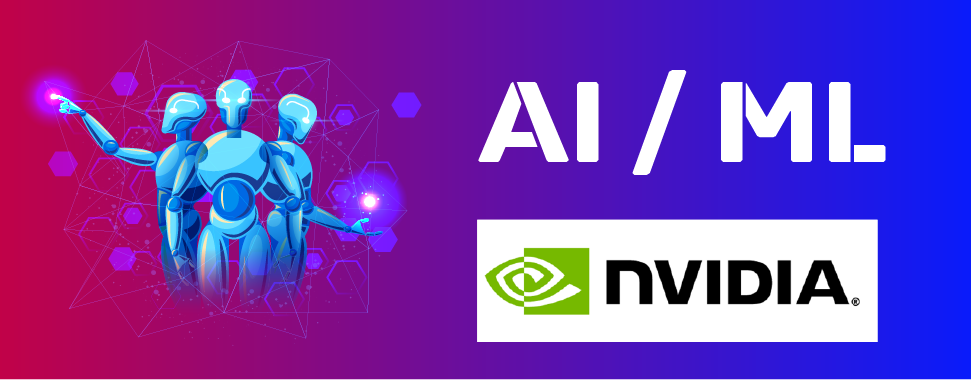
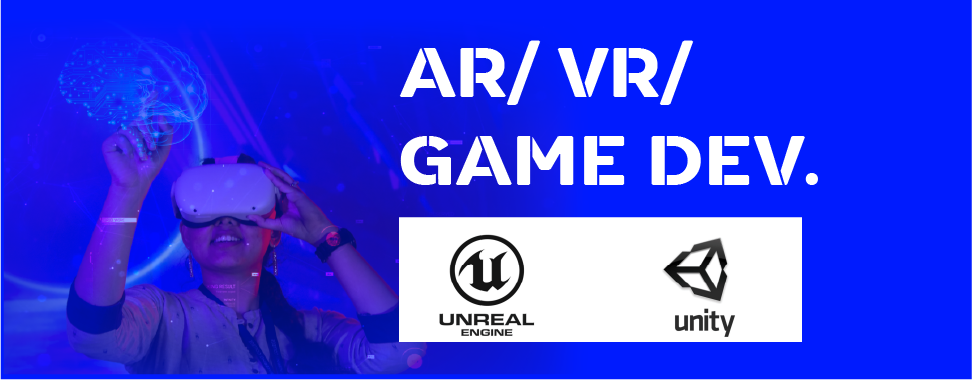
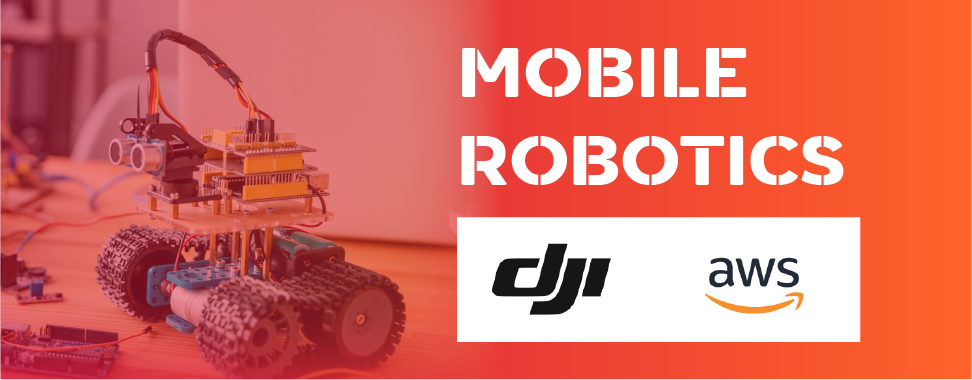


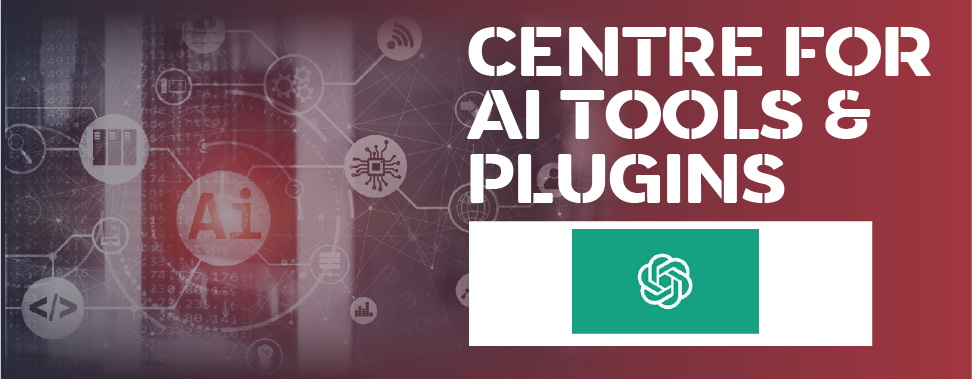
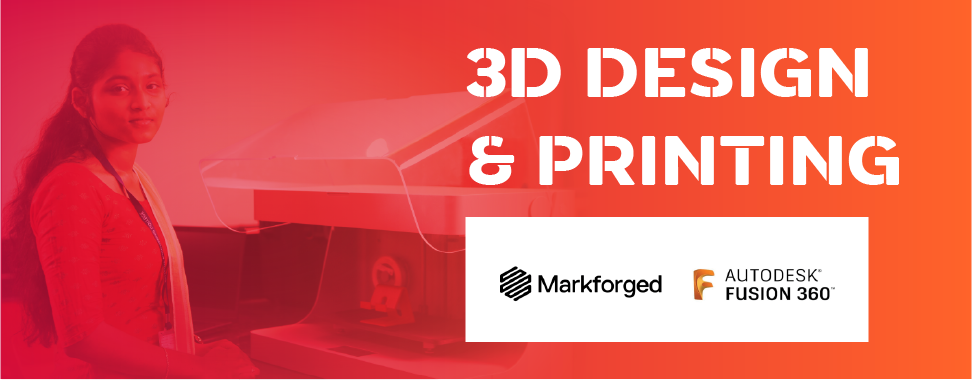

Eminent Alumni
News and Events
🌍 A Global Milestone for SEC!
🎉 We proudly celebrate our exceptional BME learners who have secured admissions for Higher Studies at world-renowned universities across the
A proud moment for SEC!
Congratulations to Priyadharshini A, BME – I Year, for securing 2nd place at the “First Commonwealth Open Yogasana Sports Championship
Join Medtronic, Transform Global Healthcare!
🚀 Saveetha Engineering College proudly welcomes “Medtronic” for an exclusive drive for Medical Electronics & Biomedical Engineering – 2025 Batch!🌟Medtronic
VISION
To develop highly skilled biomedical engineers as effective, knowledgeable, and ethical leaders in corporate, professional, and academic communities to unveil the unseen in human science and innovations in medical technology that can be translated to enhanced clinical health care.
MISSION
- To create graduates who understands the ethical, social and economic implications of their service to their communities by creating a standard learning environment that fosters their intellectual growth
- To engage with the local and global community for knowledge dissemination and technology expansion for the improvement of human health care
- To encourage the interdisciplinary work of highest quality by bringing together a broad spectrum of faculty expertise and diverse technologies under a single umbrella to focus on research in Biomedical engineering.
- To facilitate the learners in identifying important problems that impact human health and solve them by rational design of therapeutic strategies and devices to enhance the diagnostic interpretation and thereby addressing specific grand challenges of clinical practice
PROGRAMME EDUCATIONAL OBJECTIVES (PEOs)
- Graduates will possess a strong foundation in biomedical engineering principles and a deep understanding of Industry 5.0 technologies and practices.
- Graduates will be able to apply their knowledge and skills to develop innovative solutions for real-world healthcare challenges.
- Graduates will engage in lifelong learning, adapting to evolving technology and Health-tech industry trends and pursuing continuous professional development.
PROGRAMME OUTCOMES (POs)
Engineering Graduates will be able to:
- Engineering knowledge: Apply the knowledge of mathematics, science, engineering fundamentals, and an engineering specialization to the solution of complex engineering problems.
- Problem analysis: Identify, formulate, review research literature, and analyze complex engineering problems reaching substantiated conclusions using first principles of mathematics, natural sciences, and engineering sciences.
- Design/development of solutions: Design solutions for complex engineering problems and design system components or processes that meet the specified needs with appropriate consideration for the public health and safety, and the cultural, societal, and environmental considerations.
- Conduct investigations of complex problems: Use research-based knowledge and research methods including design of experiments, analysis and interpretation of data, and synthesis of the information to provide valid conclusions.
- Modern tool usage: Create, select, and apply appropriate techniques, resources, and modern engineering and IT tools including prediction and modeling to complex engineering activities with an understanding of the limitations.
- The engineer and society: Apply reasoning informed by the contextual knowledge to assess societal, health, safety, legal and cultural issues and the consequent responsibilities relevant to the professional engineering practice.
- Environment and sustainability: Understand the impact of the professional engineering solutions in societal and environmental contexts, and demonstrate the knowledge of, and need for sustainable development.
- Ethics: Apply ethical principles and commit to professional ethics and responsibilities and norms of the engineering practice.
- Individual and team work: Function effectively as an individual, and as a member or leader in diverse teams, and in multidisciplinary settings.
- Communication: Communicate effectively on complex engineering activities with the engineering community and with society at large, such as, being able to comprehend and write effective reports and design documentation, make effective presentations, and give and receive clear instructions.
- Project management and finance: Demonstrate knowledge and understanding of the engineering and management principles and apply these to one’s own work, as a member and leader in a team, to manage projects and in multidisciplinary environments.
- Life-long learning: Recognize the need for, and have the preparation and ability to engage in independent and life-long learning in the broadest context of technological change.
PROGRAMME SPECIFIC OUTCOMES (PSOs)
- To design, develop, and implement diagnostic and therapeutic devices that enhance the quality of life by applying the fundamentals of Biomedical Engineering.
- To apply the healthcare regulations and quality standards for developing quality control processes, conducting risk assessments, and demonstrating the ability to innovate medical devices that meet industry and healthcare compliance.
- To adapt the emerging Information and Communication Technologies (ICT) for the solutions of current societal and scientific issues through collaboration with multidisciplinary healthcare teams to address real-world healthcare challenges.



